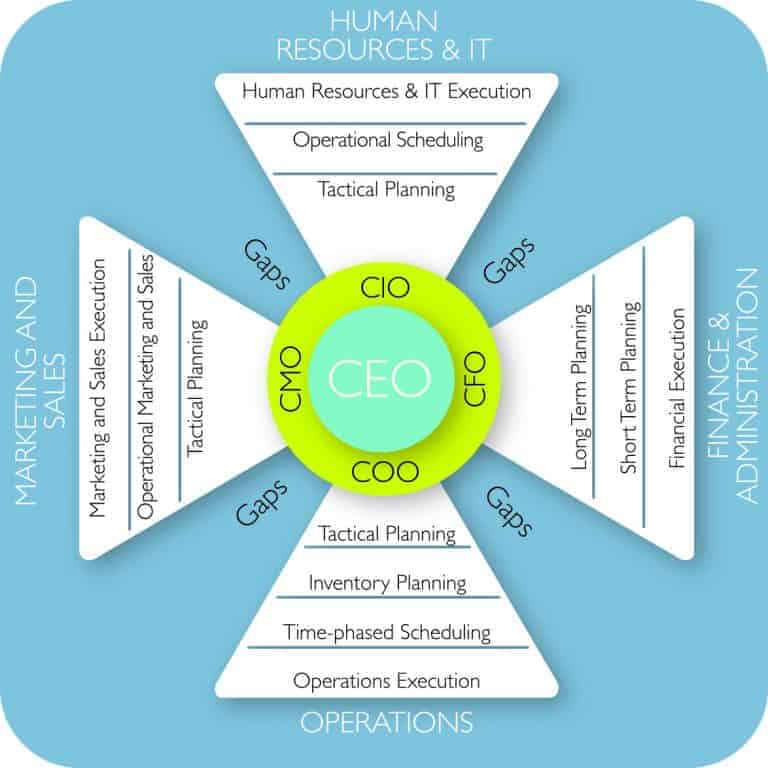Crisis management in Supply Chain
When the ship is sinking: focus on plugging the hole in the hull. My sabbatical from writing blogs over the past few weeks has been interrupted. Besides my day job of consulting, I was focusing on finishing my second book “Know When to Outsource, and How to Do It Well:
Outsmart, Outprofit, Outsource”. However, after reading a Harvard Business Review blog, I feel compelled to jot down my thoughts because of the deleterious nature of the advice from some very high quarters.
The name of this HBR blog is Managing People on a Sinking Ship and it is based on research from two professors at Harvard and Michigan.
From my observation after many years of working as a business transformation consultant for CEOs and executives,
by the time many companies acknowledge they have a problem serious enough to demand the attention of highly paid experts, generally it is far too late.
Such cases are akin to bringing patients to doctors in the terminal stage of cancer. While our team conducts a fact-based diagnostic, and figures out the best way of turning around the situation,
I have always wondered what kept them from engaging our services earlier. The HBR blog gave me one of the possible answers.
They possibly were following the advice of business school professors who wrote “Managing People on Sinking Ships” without having been on a ship, lt alone managing a sinking ship.
I will talk about my experience of literally building a cement box to save a sinking ship in the freezing waters of British Columbia (Canada) in a later blog.
Here Ship is Sinking
Here I will confine my discussion to my experience in saving companies who were leaking money profusely due to supply networks that were poorly aligned with their business strategies.
I find the title of the blog impractical, if not ludicrous – Managing People on a Sinking Ship. When a ship is sinking you have no time to think about people.
The time to think about people was when you first got on the ship – to make sure you have the right people on your ship, and the wrong people off your ship.
I know it is heresy to say in the modern management circles that people do not matter. Thus, let me paint a picture not much different from what I actually encountered in the freezing waters off Canada.
You are merrily navigating the ship when suddenly the bow of your ship starts dipping more and more into the water to an extent that the ship takes a pronounced trim to the forward and list to the starboard.
She starts shipping water over the forecastle, and you are not even sure whether in the next wave the forecastle will come back up or split apart due to shearing forces.
Now, in a situation like this, if you are standing on the bridge of the ship, will you worry about managing the people, or call your chief officer and the chippy (deck fitter)
and ask them to sound the tanks to find out which tanks are breached first? If you follow the advice of the professors, you will give your team a larger purpose.
You will provide reasonable incentives, show people they matter as individuals and perhaps even do a culture survey on the ship and give a motivating speech to “keep people enthused, engaged,
and working hard when they know the company may not be around.” However, in a real life crisis, you will forget almost all of the advice from the good professors,
and focus on finding out where the ship’s hull is breached, and how big is the damage, working closely with the right experts, internal and external. In our case,
we had to enlist the help of outside divers and underwater welders as those skills were not available in the ship’s company. In addition, we needed a whole raft of equipment,
ranging from steel plates to concrete mixers, cement and of course very thick wet-suits. Does that mean that the people do not matter? Quite the contrary.
The sea is a challenging work environment, as is the modern commercial world. Selecting the right people, training them repeatedly, and motivating them through authentic capability based leadership is a priority
before you set sail, as well as in routine navigation. Crisis situations, by definition, leave no time for these routine leadership tasks.
Your sole focus during the crisis will be on the hole in the ship’s hull and plugging it. If you are worrying about anything else, you are not only endangering the lives under your care,
but also putting at risk cargo worth several millions of dollars and perhaps creating an environmental disaster with oil strewn beaches.
You would have prepared your team well before the crisis strikes on how to respond. That is the reason why we did lifeboat drills and firefighting drills every two weeks at sea.
Similarly, if your company is sinking, the first priority is to find out where the figurative holes are. The second priority is to work with the right team of experts (internal and external experts) to plug the holes.
Once the situation is stabilised and the cash leak has stopped, then the team must be acknowledged and thanked profusely.
Next, it is time to work out a long term plan to not only repair the ship but also ensure it will not sink. If you doubt my advice, ask any sea captain, serving or retired, – what to do when the ship is sinking.
There are thousands of us on the face of earth, find and show any of them the blog I am talking about. See how many of them agree with it





